Visit our showroom : 6 Royan Place, Bayswater North, Victoria 3153
Visit our showroom : 6 Royan Place, Bayswater North, Victoria 3153
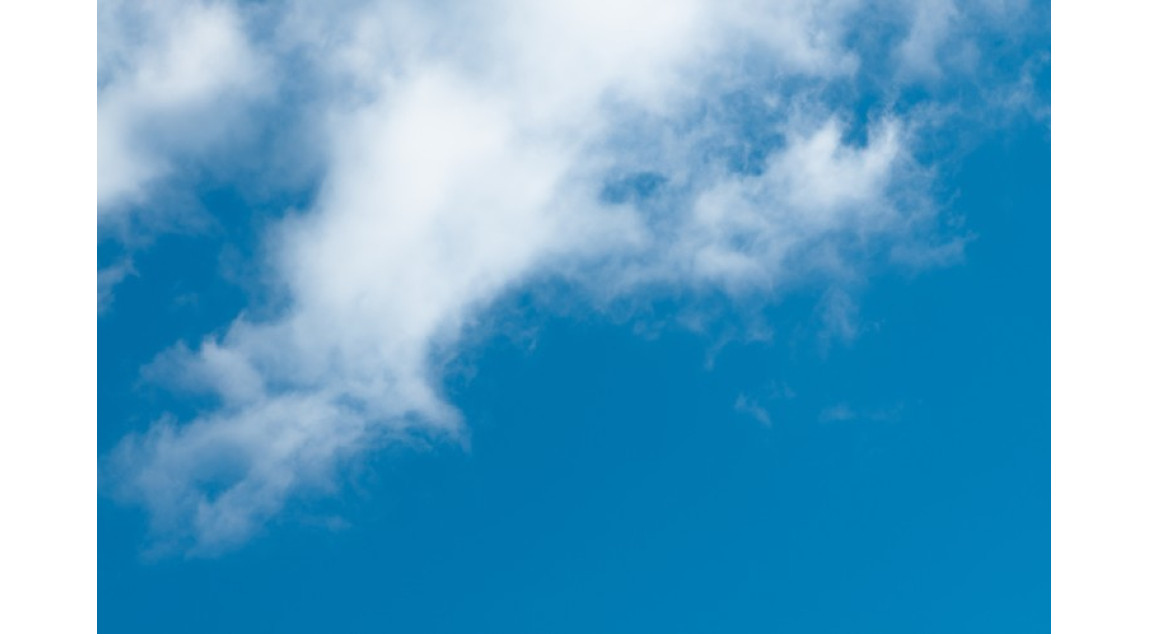
Are you about to invest in a new air conditioner? With so many options available, it’s natural to feel a little confused. If this applies to you, we’re here to help! Throughout this article, our experts will weigh in and compare evaporative cooling with traditional air conditioning systems.
Below, we’ll cover the different types of evaporative coolers, as well as the various other air conditioning units available in Australia. Let’s not wait any further and jump right into it!
Unless you already or have previously owned an evaporative cooler, chances are you might be unfamiliar with what they are and how they work. The basic principle of an evaporative cooler is this; a system that draws in warm air from outside, then uses water pads to cool it down. Cool air is then blown into the home by a single portable unit or a series of ducts.
As warm and dry air enters the central cooling unit, water evaporates it down to become the temperature set on the thermostat. Much like other major forms of air conditioning, a unit is placed outdoors, which then connects with the internal unit to blow air indoors.
There are three major types of evaporation coolers on the market today. These are portable, window-mounted and roof-mounted. All of these require an functional outdoor condenser that draws the air in, but the location changes depending on the specific type.
Energy Efficiency: Evaporative coolers use significantly less energy compared to traditional air conditioning systems because they rely on the natural process of evaporation rather than energy-intensive refrigeration cycles.
Cost-Effective: Due to reduced energy consumption, the operating costs are generally lower. The initial investment in an evaporative cooler is also generally lower than that of a central air conditioning system.
Eco-Friendly: These systems use water as the cooling agent instead of chemical refrigerants, making them an environmentally friendly choice. Additionally, the reduced energy use translates to a smaller carbon footprint.
Better Air Quality: Evaporative coolers add moisture to the air, which can be beneficial in dry climates, preventing issues such as dry skin and respiratory problems. They also filter dust and pollen as the air passes through the cooling pads.
Easy Installation and Maintenance: Installation is typically simpler and less invasive than that of central air conditioning systems. Maintenance is straightforward, with only periodic cleaning or the replacement of the cooling pads required.
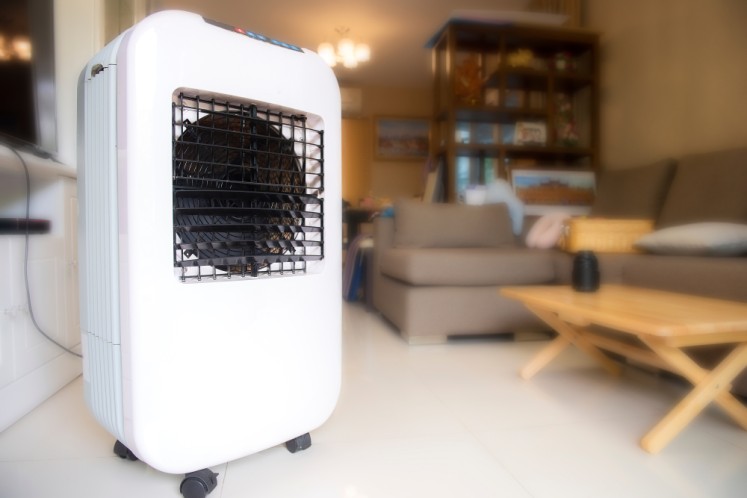
Effectiveness Depends on Climate: Evaporative coolers work best in hot, dry climates. In humid environments, their efficiency drops significantly because the air is already saturated with moisture, making it harder for evaporation to occur.
Limited Cooling Capacity: These coolers are less effective at cooling large spaces compared to traditional air conditioners. They are more suitable for single rooms or small homes.
Water Usage: Evaporative coolers require a consistent supply of water to function, which can be a disadvantage in areas where water is scarce or expensive.
Maintenance Requirements: Although maintenance is relatively easy, it is crucial to keep the system clean to prevent mould and bacteria growth. Regularly changing the cooling pads and maintaining a clean water supply are the keys to getting the best out of your evaporative cooler.
The Humidity Issue: While added humidity can be beneficial in dry climates, it can be a downside in areas that already experience moderate to high humidity levels. Excess moisture may lead to general discomfort or even potential mould growth indoors.
Used everywhere, from homes to offices and restaurants, split systems are easily one of the most popular forms of air conditioning in Australia–and for good reason. With the ability to seamlessly switch between heating and cooling (amongst many other in-built features), split systems offer coverage for all four seasons.
While evaporative coolers are either stand-alone units placed on the ground or a series of ducts, split systems are mounted up on the wall. This means that they circulate air directly from this unit’s vents and circulate it from this mounted position.
It should be noted that the technology for airflow distribution has greatly improved in recent years, such as Daikin’s signature ‘Coanda Airflow’ function which is designed to provide even circulation throughout the room.
If you’re trying to decide between evaporative cooling and air conditioning, it’s important to compare the key aspects that will affect your choice. Both systems have their unique advantages and considerations, from initial costs to long-term efficiency and maintenance. Let’s take a closer look at how they stack up against each other in various categories.
Evaporative coolers generally have a lower initial cost compared to split systems, which makes them an attractive option for anyone on a tight budget. According to recent figures, the average cost for EC installation in Australia ranges from $400-5000. Of course, this depends on the size of your property and many other factors.
Portable units are very affordable and are typically available for a few hundred dollars, while more extensive roof-mounted EC systems will cost in the thousands.
Split systems, on the other hand, are generally available for around $1000-1500. However, keep in mind that multi-split systems are more costly, averaging out to around $3,000 or higher.
Because evaporative cooling is generally only used in the warmer months, the ongoing costs are likely to be lower than those of a multipurpose split system. On the flip side, however, a split system’s ability to adapt to any conditions can allow you to save money in the winter.
Maintenance costs for evaporative coolers are typically low, involving simple tasks such as cleaning and replacing water pads regularly. Maintenance costs for split systems are generally higher, as they involve regular servicing of filters, refrigerant levels, and potential repairs to the more complex mechanical parts.
The performance of evaporative coolers and split systems varies based on their cooling capabilities, heating capabilities, and impact on air quality. Evaporative coolers are best suited for hot and dry climates where the low humidity allows for effective evaporation. However, they do not offer heating capabilities as they are designed solely for cooling. Evaporative coolers also improve air quality by adding moisture, which is beneficial in dry climates, as well as filtering out dust and pollen.
In contrast, split systems offer highly effective cooling in a wide range of climates, including humid environments. They provide precise temperature control and can cool spaces quickly and efficiently. Moreover, split systems have reverse cycle technology, which allows them to switch between heating and cooling with ease. They also come with advanced filtration systems that remove allergens, dust, and other pollutants, contributing to cleaner indoor air. Another notable feature is the option for smart home integration and related power-saving modes.
The effectiveness of evaporative coolers and split systems is influenced by climate suitability, coverage, and humidity control. Evaporative coolers are most effective in dry, arid regions, as their performance decreases significantly in humid conditions. Of course, split systems can easily switch from cooling to heating mode, so they are more of a year-round solution.
They are typically better for single rooms or small areas, though larger spaces may require multiple units or a ducted system. Evaporative coolers increase indoor humidity, which can be beneficial in dry climates but may be a drawback in already humid areas.
Split systems, however, are effective in both dry and humid conditions, making them versatile across various climates. They are capable of cooling larger spaces efficiently, and multi-split systems can connect multiple indoor units to a single outdoor unit, providing comprehensive coverage. Split systems also maintain stable indoor humidity levels and often include dehumidifying functions, which can improve comfort in humid conditions.
Next on our list is another popular form of indoor climate control–reverse cycle ducted air conditioning. Once again, a major difference between the two is that evaporative coolers are mostly used for relief in the warmer months, while electric reverse cycle ducted systems are designed for year long coverage.
These two systems are much alike in the way that they both utilise ducts for indoor climate control. However, the way in which they operate is a little different. A reverse cycle system comes with a compressor in the outdoor unit that is used to pump refrigerant into an indoor coil. From here, the coil either warms the air up or cools it down.
The next steps involve the air passing through the return air grille, where it is filtered and then distributed via the different vents and outlets across the property. After the system reaches the temperature set by the thermostat, it will slow down and maintain the desired temperature. A fully functional reverse cycle ducted system can also heat or cool a large home within minutes.
When considering the initial costs, evaporative cooling systems are generally more affordable. These systems are simpler and cheaper to install, with prices typically ranging from $2,000 to $4,000 for a standard residential unit.
Reverse cycle ducted systems come with a higher price tag due to their general complexity and the extensive ductwork required for installation. The cost for these systems can range from $5,000 to $15,000 or more. Of course, this will depend on the size of the home and the intricacies of the installation process.
Ongoing costs also differ significantly between the two systems. Evaporative cooling systems have lower ongoing costs because they consume less electricity, relying primarily on a fan and water pump. This results in lower energy bills, although there are additional maintenance costs associated with cleaning and changing the pads, as well as water usage.
Conversely, reverse cycle ducted systems have higher ongoing costs. They consume more electricity, especially when used to heat and cool large spaces, leading to higher energy bills. Regular maintenance is also necessary to maintain efficiency and extend the system’s lifespan, further adding to the ongoing expenses.
Performance varies based on the operating environment. Evaporative cooling systems are highly effective in dry climates, cooling the air by passing warm air through water-soaked pads, which reduces the air temperature through evaporation. However, in humid conditions, their performance diminishes because the air is already saturated with moisture.
On the other hand, reverse cycle ducted systems are versatile and effective in various climates. These systems provide both heating and cooling by reversing the refrigerant flow, maintaining reliable performance regardless of the external humidity levels.
The effectiveness of each system also highlights their key differences. Evaporative cooling is most effective in hot and dry environments and is capable of reducing indoor temperatures significantly at the height of summer. However, this system adds moisture to the air, which can be a disadvantage in already humid areas.
In contrast, reverse cycle ducted systems are consistently effective across all climates. They allow for precise temperature control and cooling or heating of indoor environments accurately and quickly. Additionally, these systems offer zoning capabilities, enabling different areas of a home to be cooled or heated to different temperatures simultaneously.
If you’ve decided to purchase an evaporative cooler, the next step is to select a brand and model. In this case, you can never go wrong with Bonaire.
One of Australia’s premier brands, Bonaire is an industry leading manufacturer of evaporative cooling systems. Even after more than 60 years in the HVAC industry, they continue to set the pace for innovation and functionality.
Bonaire manufactures a great range of portable and ducted evaporative cooling systems. For ducted, they offer everything from the premium Silhouette SVS Series to the cost-effective Summer Breeze Series, both of which are well suited to the Melbourne climate.
They also supply a huge range of small, medium, and large portable units, with some available for under $100 AUD. At Maroondah Air, Bonaire is one of our many prestige partners. This means that our team can install any one of their ducted evaporative coolers in Melbourne.
Rounding things up, evaporative coolers are a great option for hot and dry environments due to their energy efficiency, lower operating costs, and eco-friendly nature. They also help to improve air quality by adding moisture and filtering dust and pollen. However, they are primarily designed for cooling and tend to struggle in more humid conditions.
Traditional split systems generally offer reliable performance in various climates, providing both heating and cooling with precise temperature control and advanced filtration. In contrast to evaporative systems, however, they may be more expensive to purchase and install.
Reverse cycle ducted systems are versatile but also come with higher initial and ongoing costs. Ultimately, the style you choose depends upon your individual budget, climate, and specific cooling needs.
Whether you’re after split systems, ducted reverse cycle air conditioning or evaporative coolers, our Melbourne team has you well and truly covered. We have been heating and cooling Melbourne homes for over 25 years and take pride in operating with honesty, integrity, and a commitment to quality customer service.
Our team can help to recommend a suitable system, or install the unit you’ve selected with ease. These services come with 6 year certificates of compliance, free in-home quotes, and adherence to all current OHS requirements.
Reach out to us now on 03 9738 2000 or request a quote online!
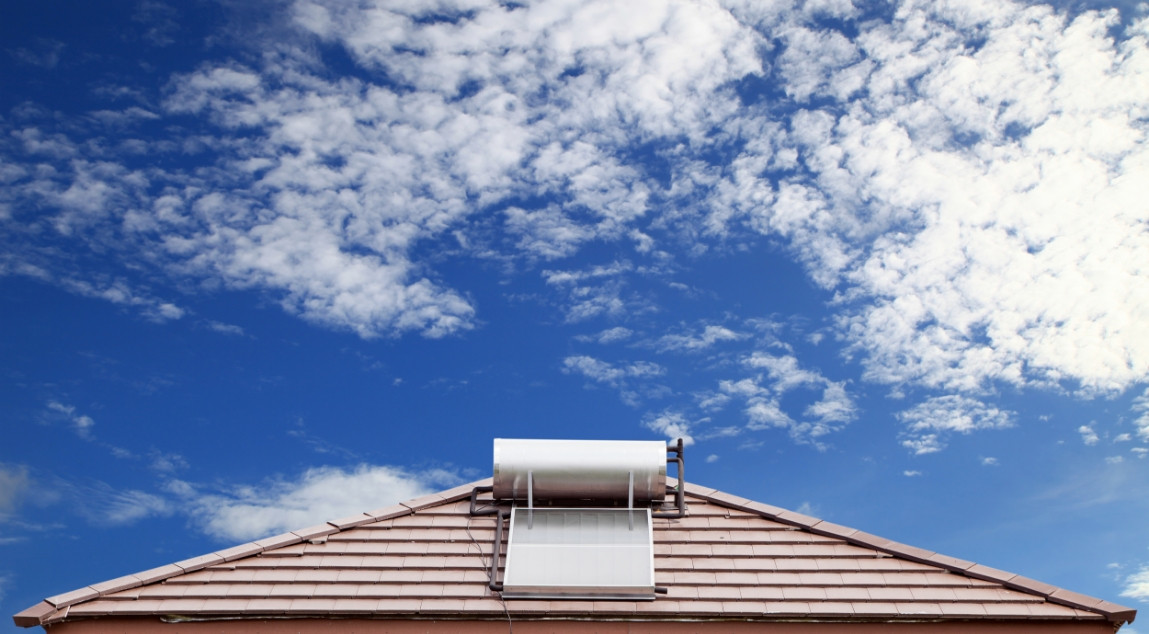
Looking to go gas free in Victoria? You’re not alone. Both on a local and national level, a major push is being made to help property owners transition away from gas based appliances and embrace more efficient carbon-friendly options. Effective Jan 1, 2024, Victoria’s Gas Substitution Roadmap will officially begin. This initiative not only aims […]
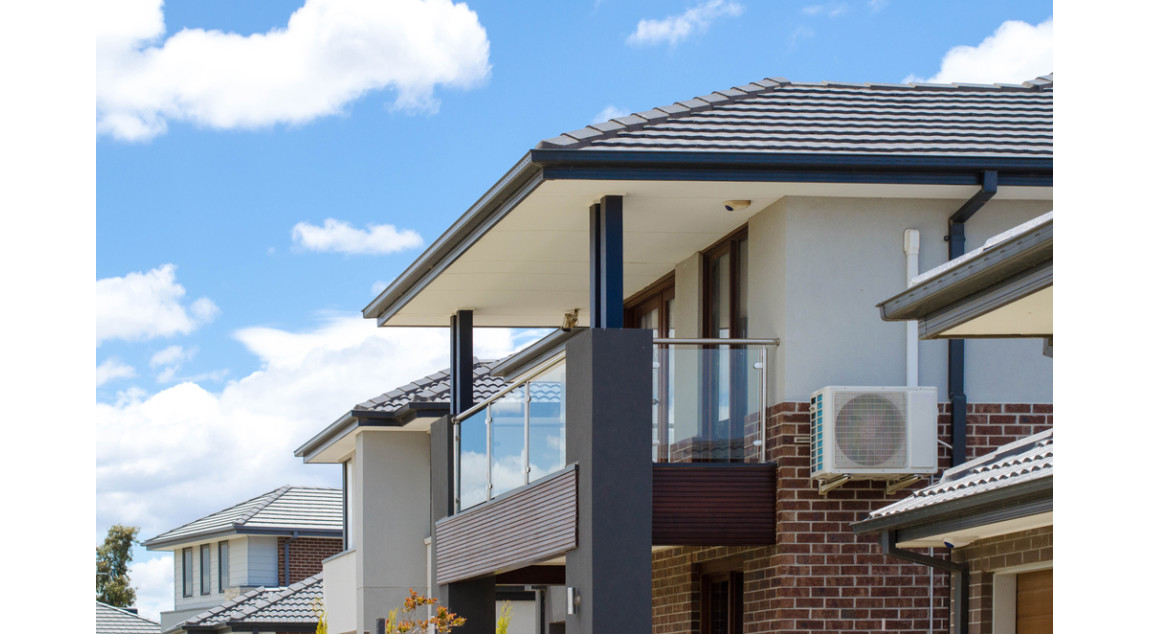
As one of Melbourne’s leading heating and cooling companies, we have some expert tips and advice to keep you comfortable and cool. From rebates to cutting edge air conditioning systems, there are various steps you can take.
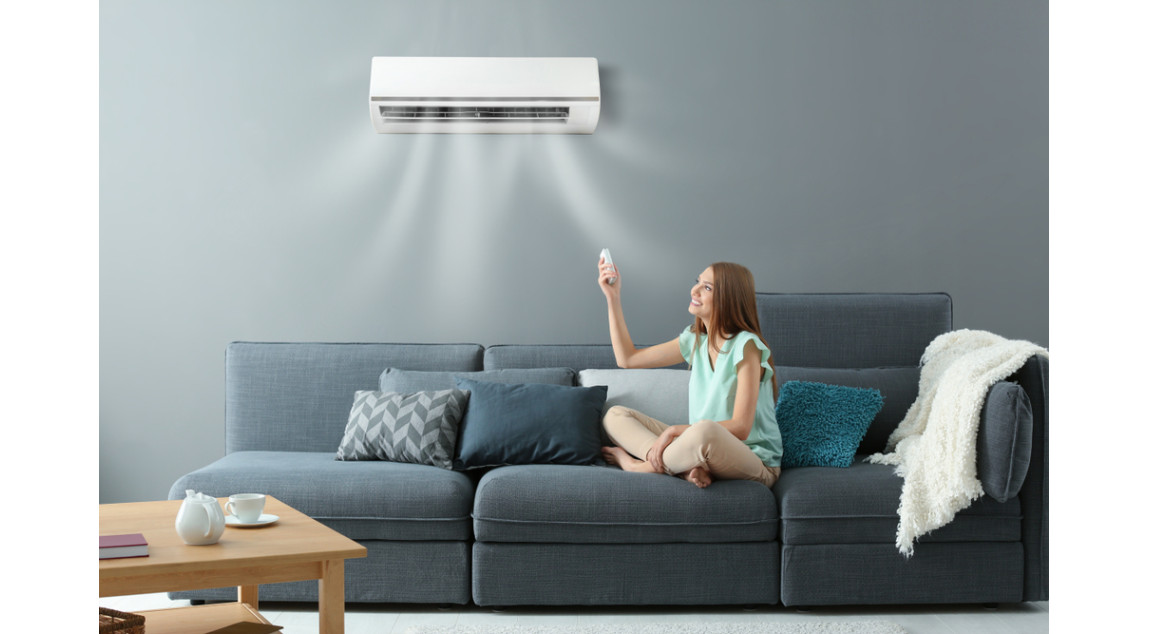
Whether you’re upgrading, fitting out a new property, or simply want to stay ready for the warm weather, we’re here to break down the best and brightest split systems available this summer.
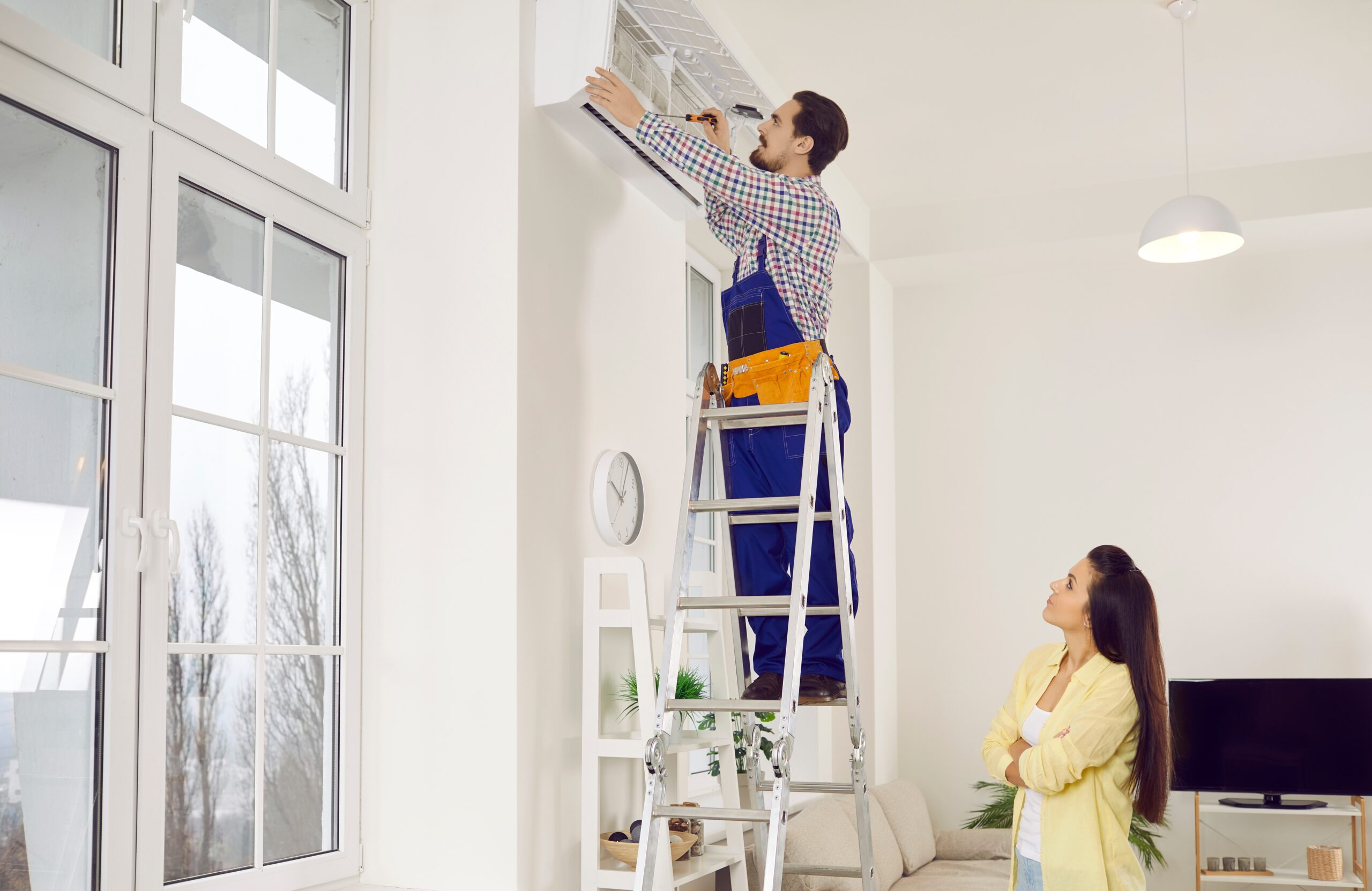
A new air conditioning system is a big investment for any home and business. While the unit and brand is an important consideration, so is the company you choose. From the initial installation to ongoing servicing and repairs, you need someone that you can trust, respect, and depend on in a crunch. These days, heating […]
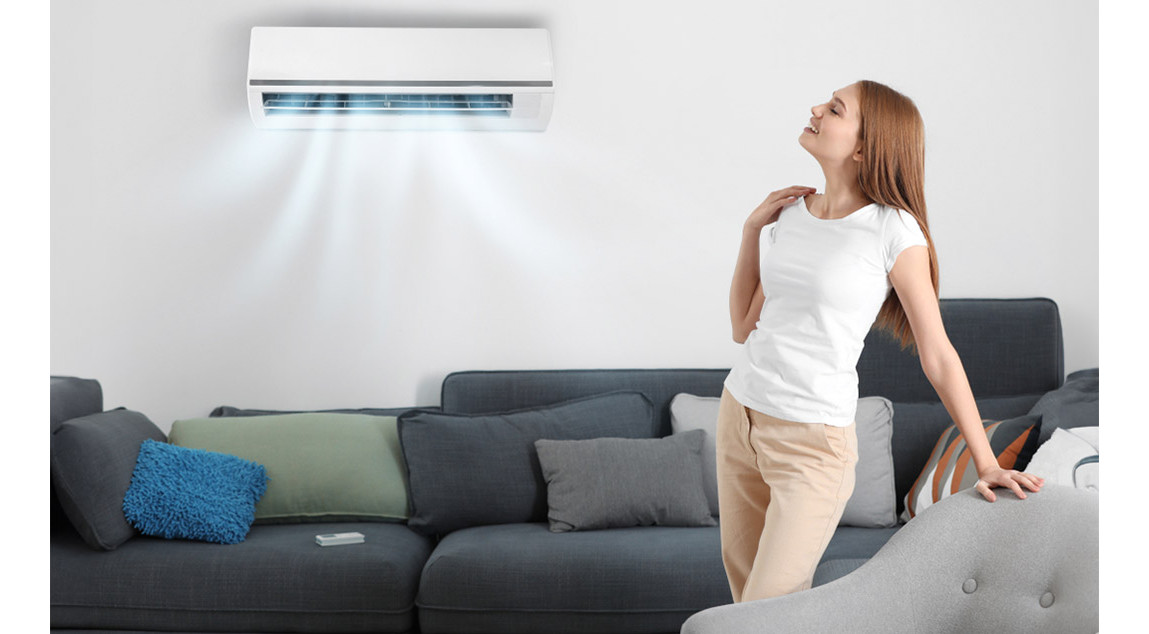
On a global level, our weather is becoming more unpredictable and extreme than ever. Australia is certainly no exception to the rule. In response, we’re all searching for ways to cope and be as comfortable as possible. Luckily, this is where split systems really fit the bill. Unless you’ve recently undertaken a renovation or bought […]
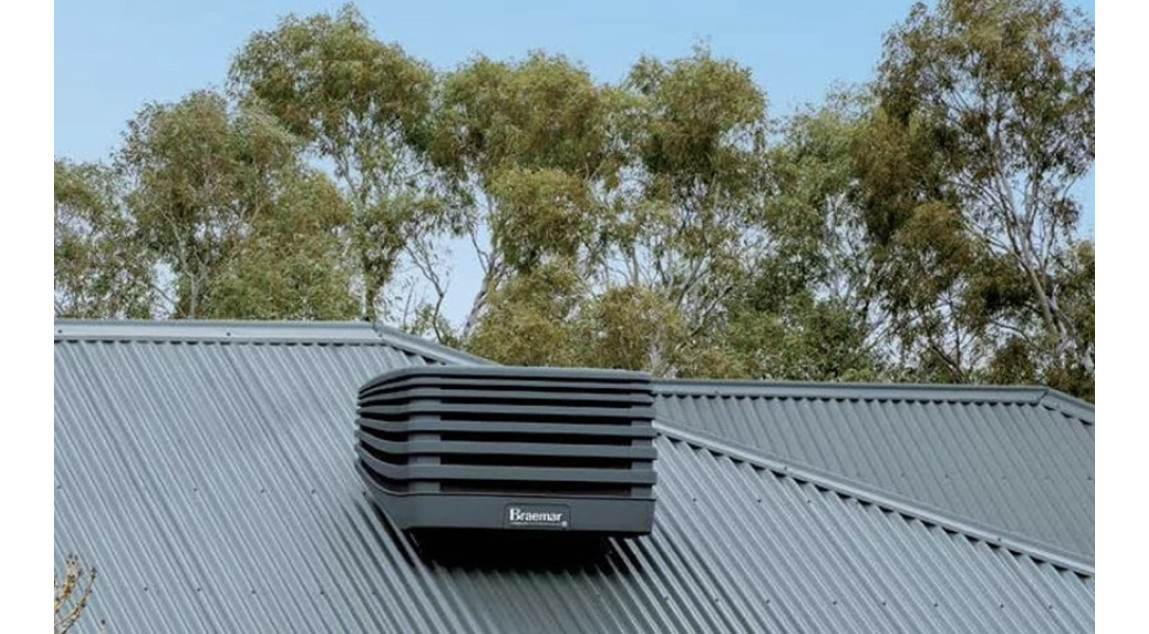
While split systems tend to get a lot of attention, there are many other great forms of air conditioning available. Today, we are going to shine a light on a highly regarded alternative–evaporative cooling systems. Often dubbed the most natural and eco-friendly form of air conditioning, evaporation coolers are available as both stand alone units […]
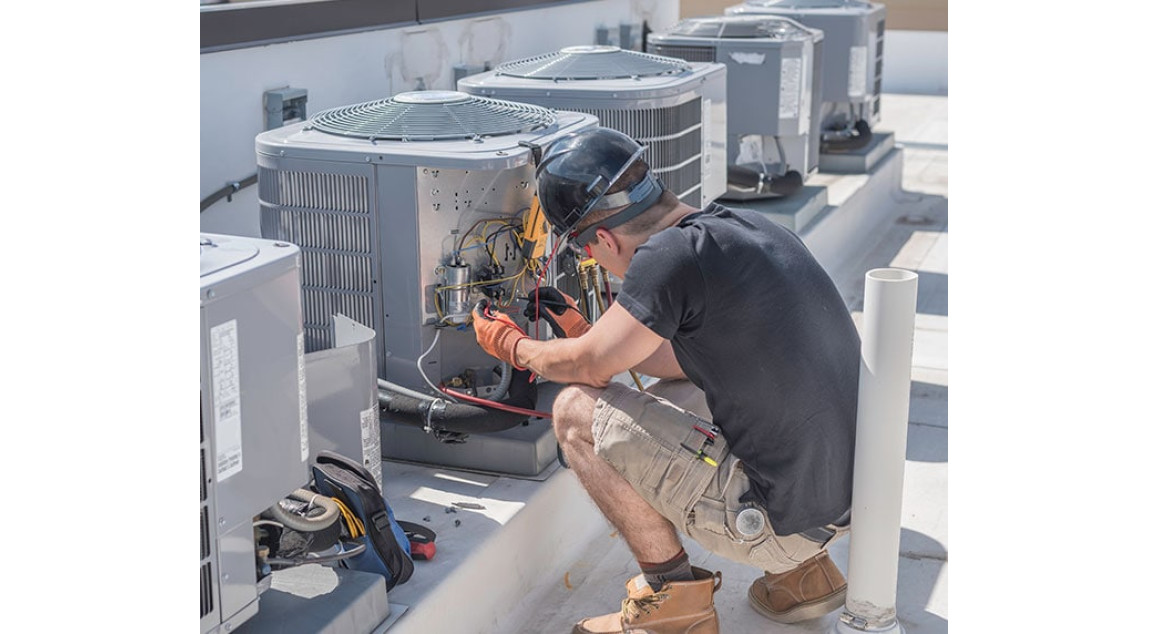
Your air conditioner won’t always last forever, but regular servicing sure helps to extend its lifespan. If you’re using the unit on a regular basis, this places a strain on all of its components, which can quickly lead to costly repairs.
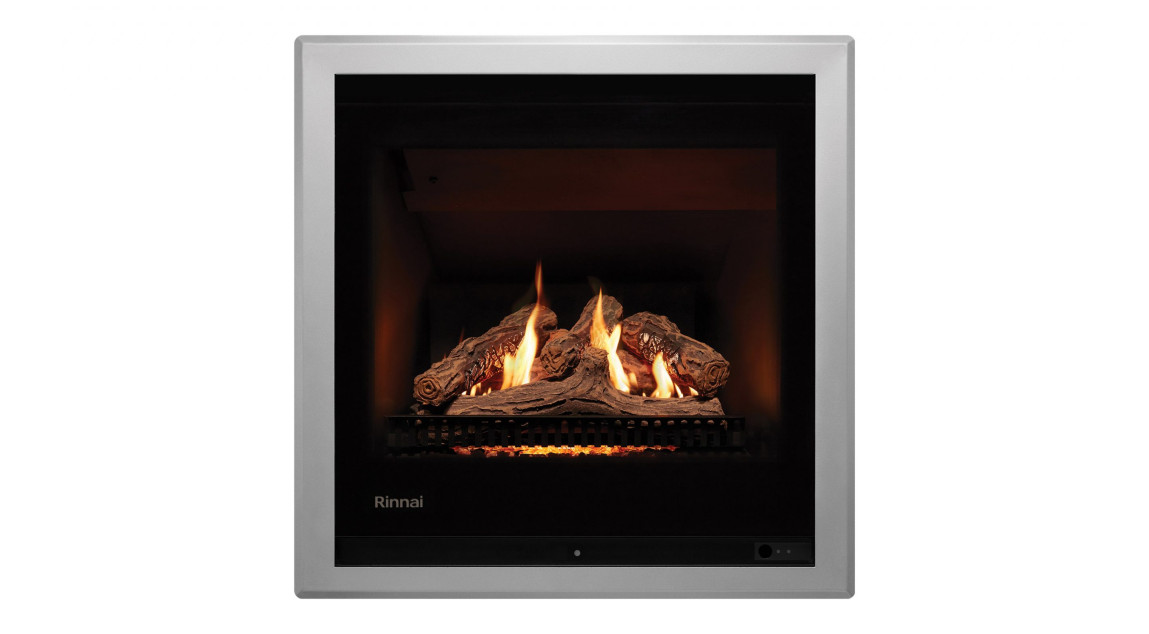
Whether you want to retrofit a gas log fire into your existing fireplace or fit one into a newly built home, there’s never been a better time to invest in a brand new Rinnai log fire. Let’s explore why right now.
Types of Rinnai Gas Log Fires
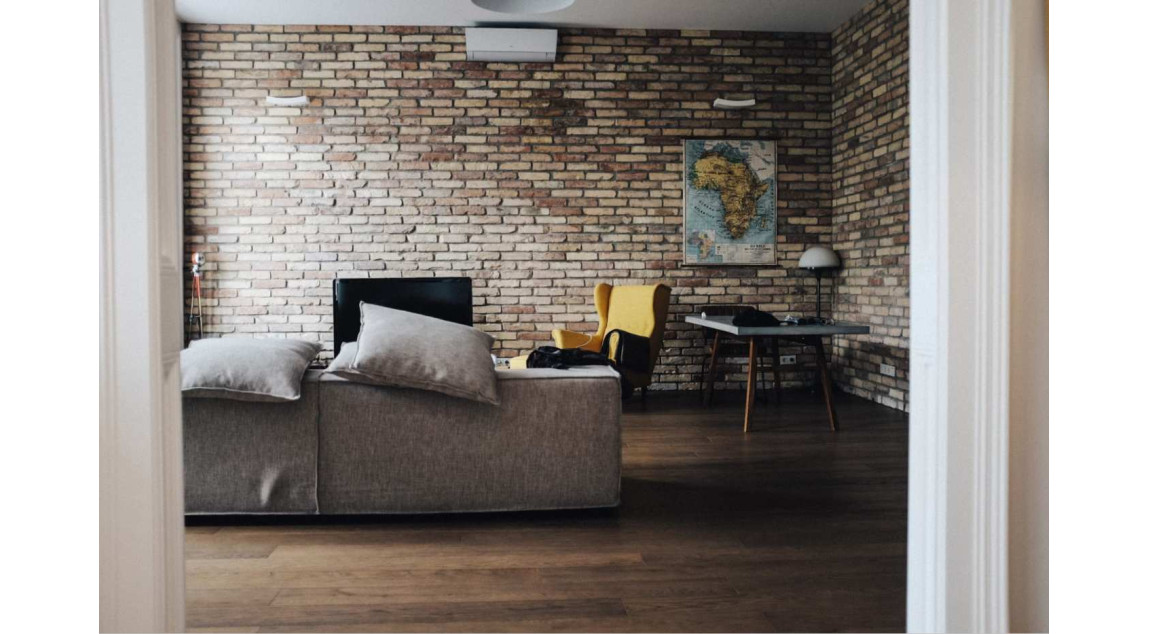
Inflation and cost-of-living pressures are undoubtedly two of the biggest challenges that Melbournians currently face. While we are unable to control the cost of petrol and supermarket items, there are some ways to cut down and save money. Today, we’re going to focus on heating and cooling and highlight some ways that you can save […]
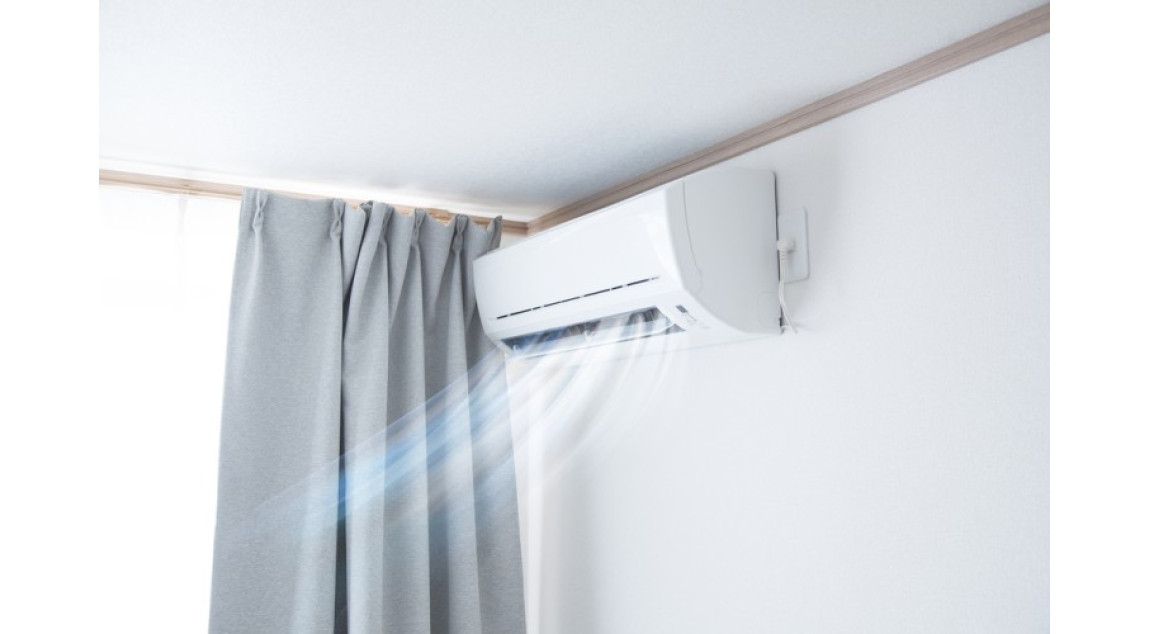
Air conditioning plays an incredibly important role in all of our lives. From home to work, shopping centres and public transport, we rely on these systems almost every day. As our need for reliable AC continues to grow, so does the capacity and functionality of modern air conditioning units. Without a doubt, split systems are […]